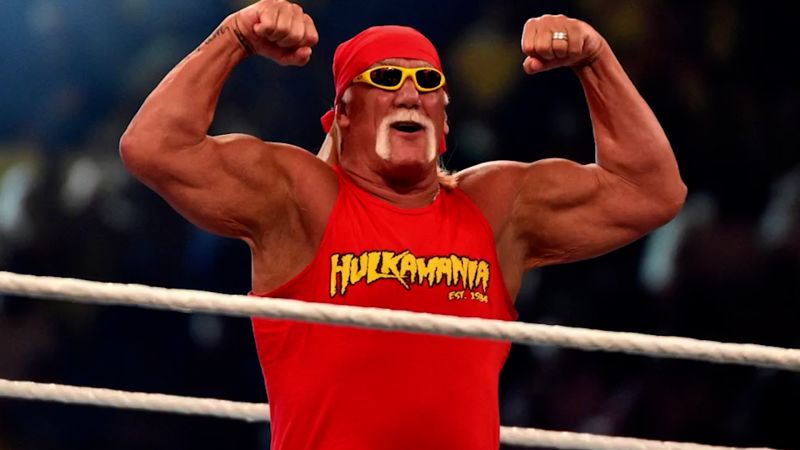One of my earliest memories is standing in the living room of a small house in Garden City, Michigan, mimicking Hulk Hogan’s pose down to my laughing parents.
Any wrestling fan knows the rhythm: Flex one arm while pointing to the side with your other, then turning 90 degrees to show off both biceps before turning back square to the audience and bending your arms at a right angle to flex your chest and arms repeatedly. Maybe you’d rotate your hand a few times before cupping it to your ear to hear the cheers as well.
For me, the crowd was my mom and dad who couldn’t get over how their toddler looked trying to mimic this behemoth of a wrestler. For Terry Bollea, the crowd was millions of little kids like me who believed he was the embodiment of good, the hero who would always save the day. He told us to “train, say our prayers, eat our vitamins, be true to yourself, true to your country and be a real American.”
When you’re three or four years old, that’s about as pure as it gets. Hulk Hogan wasn’t just a wrestler to young wrestling fans in the early 1990s. He was a role model. He was a hero.
That’s what made his villainous turn in the mid-1990s so effective. Hulk Hogan, of all people, being a bad guy? I had fallen out of wrestling at that point, but when 10-year-old me started watching again, I couldn’t reconcile it. I hated him, even if I was massively entertained by him. The man that little me idolized was evil now? How dare he!
